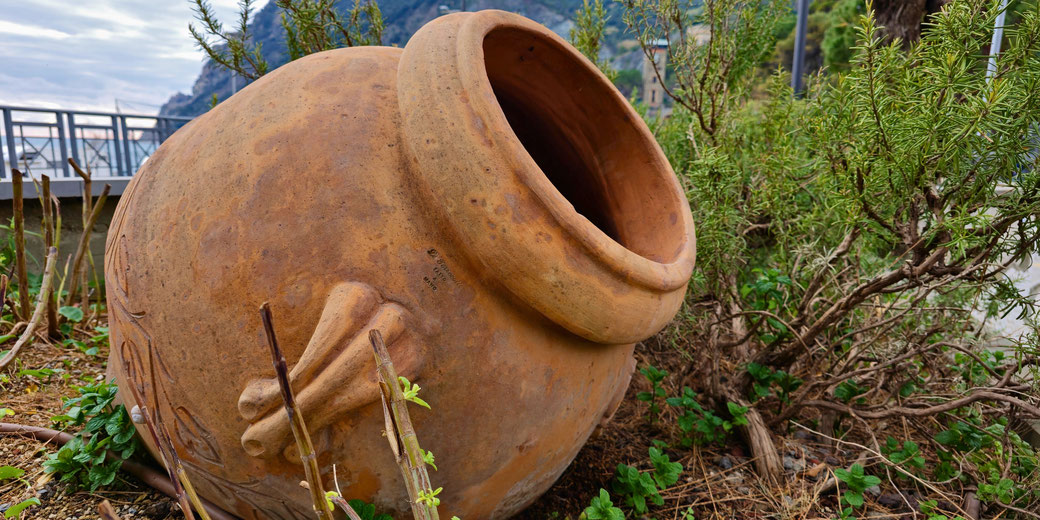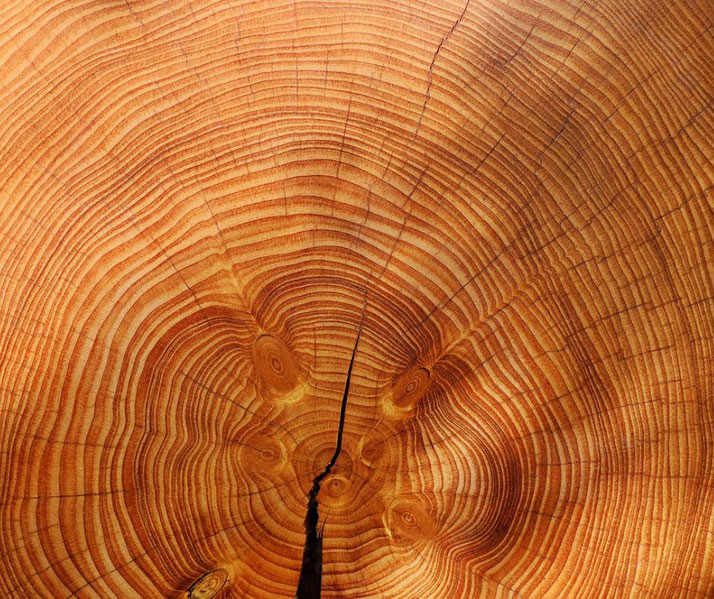How archaeologists date historical artefacts

When archaeologists find ancient artifacts, they want to know how old they are so that they can understand the past better.
Unfortunately, very few items from history have exact dates on them, which makes it very difficult to know for certain when things were originally made.
Therefore, archaeologists and scientists have to rely upon clever ways of finding out how old things are. These ways are referred to as ‘techniques’, which allow people to measure different things in or around an individual artifact that can provide clues about its age.
Archaeologists use two groups of dating techniques to date objects.
- One group is called 'relative dating'.
- The other group is called 'absolute dating'.
Let's examine each group and look at specific examples.
Relative dating techniques
Before modern scientific techniques were developed, archaeologists had to use general ways to date objects.
The simplest way was to compare artefacts with each other.
If archaeologists knew which items were older or younger, they could arrange the artefacts in order of age.
This system did not give exact dates. Instead, it showed which items were older or younger in relation to others.
Because this method relies on the relationship between artefacts, it is called 'relative dating'.
Here are some ways archaeologists tell which objects are older or younger than others:
1. Stratigraphy
Stratigraphy is the study of the soil layers in which artefacts are found.
This system is based upon the fact that geologists have observed that layers of soil have different colours. Each of these different layers formed at different times in the past.
A single layer of soil is called a stratum. Multiple layers are called strata.
This type of relative dating is called stratigraphy.
This technique works because of the rule of superposition.
The rule of superposition states that the soil layer closest to the surface of the ground is the youngest. The layers below are older.
Therefore, artefacts found below other artefacts are assumed to be older.

2. Typology
Typology is another relative dating method. It compares similar objects over time by looking at their shape, design, and style.
For example, to know which iPhone model is older, we compare the shape and design of different models over the years.
In a similar way, archaeologists have noted that object styles change gradually over years, decades or centuries.
As a result, we can arrange objects from youngest to oldest based on changes in shape, decoration or style.
Since this method focuses on object 'type', it is called typology.
Typology is often used for dating pottery or ceramics because pots and vases survive for a long time in the ground and have distinct styles that are popular are different points in history.
Ceramic typology is an effective technique that can apply anywhere in the world because almost all human cultures used specific pottery styles and decorations.

Absolute dating techniques
The second type of dating method is called 'absolute dating'. This technique relies upon more modern scientific approaches that allow us to date objects by measuring internal elements in a lab.
Generally speaking, absolute dating aims to find an exact age for an object. To do this, researchers measure a chemical or physical element inside the object itself.
However, the exact element that scientists choose to measure can vary depending on the specific kind of object type.
1. Radiocarbon dating
The best-known and most commonly used absolute dating method is radiocarbon dating.
Radiocarbon dating measures a natural element called carbon-14. Carbon-14 exists in all living things on Earth and is absorbed into the body of the creature throughout its life.
However, after an organism dies, carbon-14 begins to fade. The rate at which it fades is very consistent, which means it is something that scientists can measure.
Half of the carbon-14 remains in the organism’s remains after 5,730 years, which is referrred to as the 'half-life' of carbon-14.
Because this rate is reliable, researchers can take a sample from an artifact, measure how much carbon-14 is left, and then work backward to find out when the organism died.
However, radiocarbon dating only works on items that were once alive, so it is particularly effective to date bones, shells, and wood.

2. Dendrochronology
Another absolute dating method is called dendrochronology, which is used to find an exact date for an object by a method that uses tree ages.
The Greek word for tree is dendros, so this method is called dendrochronology.
Peope have noticed for a long time that when you cut down a tree, you can see a series of rings inside its trunk.
What makes this particularly useful is the fact that each ring represents one year of growth during the tree's life.
However, when scientists look closely, they notice that each individual ring looks a bit different to the others around it.
For example, some rings are wide, some are narrow, and some have different shades of colour.
This is because the growth rings are influenced by environmental conditions during the year in which they grew.
Changes in rainfall, sunlight, temperature, and soil nutrients affect what that ring looks like.
As a result, all trees in the same region, who were influenced by the same environmental conditions, will have the same ring patterns.
Because each area has this unique pattern, the sequence of years in that area forms a distinct series of ring patterns.
Therefore, when wood is taken from a tree to make buildings, tools, or other wooden items, it keeps this pattern.
Researchers can then compare wood samples from this area, and build a unique timeline for the years in that place.
Since each ring equals one year, dating wood with dendrochronology can often give the exact year a wooden object was made.

3. Thermoluminescence
The last absolute dating method measures radiation from minerals in pottery.
When clay is heated to make ceramics like pots and vases, the heating changes the minerals in the clay.
In nature, some minerals like quartz and feldspar slowly collect radiation from the environment over time.
When these minerals are in heated clay in a kiln, they release this radiation as heat and light.
By the end of firing, these minerals are emptied of radiation and must collect it again.

Radiation builds up at a steady rate and researchers can find out how long it has been since the pottery was made by measuring how much radiation it has gathered.
They take a piece of pottery, heat it again, and measure the heat and light released.
Because it measures heat, which is thermo, and light, which is luminescence, it is named thermoluminescence dating.
Once the radiation is measured, archaeologists can work backward to estimate when the pottery was originally fired in a kiln.
This means that it is an effective way of dating the exact age of any artefact that is made of clay.
Further reading
What do you need help with?
Download ready-to-use digital learning resources
Copyright © History Skills 2014-2025.
Contact via email
With the exception of links to external sites, some historical sources and extracts from specific publications, all content on this website is copyrighted by History Skills. This content may not be copied, republished or redistributed without written permission from the website creator. Please use the Contact page to obtain relevant permission.





